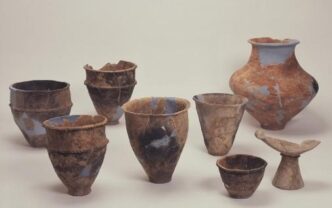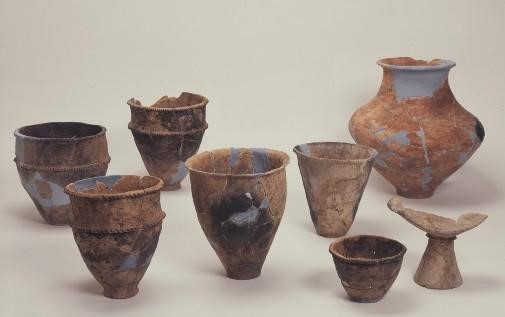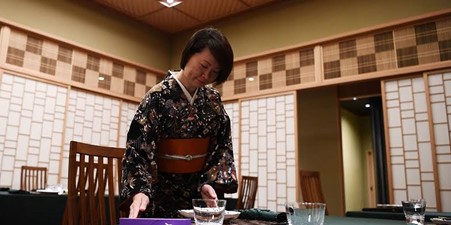A groundbreaking archaeological study has upended long-held assumptions about the spread of farming and its impact on traditional food cultures. New evidence from ancient Japan reveals that, despite the adoption of rice agriculture over 3,000 years ago, traditional culinary practices persisted — and surprisingly, millet, a staple crop in Korea, was largely ignored in early Japanese diets.
This research, led by a team from the University of York, in collaboration with the University of Cambridge and Nara National Research Institute for Cultural Properties, offers a new perspective on how societies adopt — or resist — change, particularly when it comes to food.
A Surprising Culinary Continuity
The arrival of rice farming, brought to Japan by early migrants from the Korean Peninsula during the Yayoi period, was a major agricultural milestone. However, while rice would eventually become a cornerstone of Japanese society, its lesser-known sister crop — millet — did not take root in the same way.
“We were surprised to find that millet, although brought over alongside rice, left almost no trace in cooking residues or human remains,” said Professor Oliver Craig from the University of York. “This, despite being a staple in Korean Bronze Age cuisine.”
What the Pots Reveal
By analyzing organic residues from ancient cooking pots and charred plant remains, the researchers uncovered how early Japanese communities actually used these crops. Rather than transforming food culture, the introduction of agriculture — particularly millet — had minimal impact on cooking practices.
“Organic residue analysis has allowed us to capture a direct window into the culinary life of early Japan,” said Dr Jasmine Lundy, archaeologist at York. “While both rice and millet were physically present in settlements, only rice gradually integrated into food habits, and even then, not immediately.”
Why Was Millet Ignored?
Environmental limitations weren’t to blame — millet grows well in Japan’s climate, just as it does in Korea. The researchers argue that cultural resistance, rather than practical considerations, likely prevented millet from being widely adopted.
“Fish-based dishes remained the cornerstone of early Japanese cuisine,” said Dr Shinya Shoda of the Nara National Research Institute. “We still see Yayoi pots being used for cooking wild foods and fish, not necessarily rice or millet.”
Interestingly, while Korean-style pottery and tools began appearing in Japan during this period, they didn’t align with shifts in cooking methods. This disconnect between technological adoption and cultural persistence challenges the narrative that farming always leads to swift societal change.
Japan’s Slow ‘Rice Boom’
The researchers note that while material culture — such as tools and pottery styles — did evolve with the introduction of farming, actual food practices remained largely intact. It would take years, even centuries, before rice became fully embedded in daily cuisine.
“Food culture is deeply rooted and may take generations to shift, even with major technological innovations,” said Professor Craig.
Comparisons with other regions highlight this point. In Southern Scandinavia, for example, hunting and gathering continued long after farming emerged. Meanwhile, in Britain, early farming societies rapidly abandoned foraging. Japan, it seems, followed its own timeline.
Bigger Picture: The ENCOUNTER Project
These findings are part of the ENCOUNTER Project, led by Dr Enrico Crema at the University of Cambridge. The broader project explores how farming practices spread across ancient societies and what factors influenced the adoption — or rejection — of new cultural traits.
“This research adds to our understanding of how different societies respond to technological change,” said Dr Crema. “It shows that cultural identity — in this case, food — can be surprisingly resilient.”
Conclusion
The “millet mystery” in ancient Japan sheds light on a more complex relationship between farming and culture than previously understood. It highlights that not all innovations spark immediate change, especially in areas as deeply personal and traditional as food. For early Japanese communities, fish remained king, even as rice and millet quietly entered their world.
This research, published in the journal PNAS, invites us to reconsider how we view historical progress — and to appreciate the layers of continuity that often coexist with change.
Source:https://www.york.ac.uk/news-and-events/news/2025/research/millet-rice-ancient-japan-cooking/

















